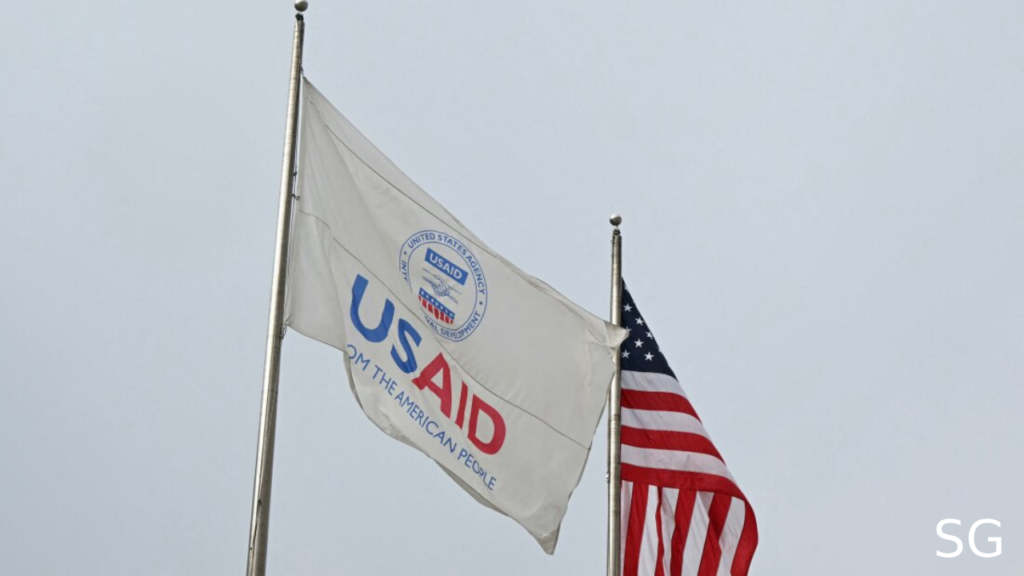Table of Contents

USAID Oversight Crippled by Funding Freeze and Staff Cuts
A report by the USAID Office of the Inspector-General (OIG) has revealed that the Trump administration’s efforts to reduce the U.S. Agency for International Development (USAID) have severely hampered its ability to oversee $8.2 billion in unspent aid. The combination of funding freezes and staff reductions has left the agency struggling to carry out its humanitarian mission effectively.
Funding Freeze and Its Impact
On January 20, President Donald Trump ordered a freeze on most U.S. foreign aid to align with his “America First” policy. This decision led to an immediate halt in hundreds of USAID programs worldwide. The freeze included humanitarian assistance, with only selective waivers issued by the State Department.
Staff Cuts and Operational Challenges
The administration moved to dismantle USAID, significantly reducing its workforce, which once exceeded 10,000 employees. Many USAID personnel were placed on administrative leave, leaving only around 600 staff members active. These staffing reductions particularly impacted USAID’s Bureau of Humanitarian Affairs (BHA), rendering its oversight and distribution mechanisms largely nonoperational.
Oversight Risks and Security Concerns
The OIG report emphasized that oversight mechanisms previously in place—although imperfect—were now largely ineffective due to staffing reductions and unclear directives. USAID programs in certain countries require partner vetting and third-party monitoring to ensure that funds do not reach unintended recipients, including organizations linked to terrorism. The weakened oversight increases the risk of aid funds being misused or diverted.
Waivers for Humanitarian Assistance
U.S. Secretary of State Marco Rubio issued waivers for “life-saving humanitarian assistance,” allowing some funds to bypass the freeze. However, the OIG report found that many programs remained stalled due to confusion over the scope of the waivers and unclear communication guidelines between USAID staff and implementing partners.
Lack of Clarity and Communication Issues
The report pointed to a lack of clarity regarding what forms of humanitarian aid were permissible under the waivers. Additionally, restrictions on communications between BHA staff and aid implementers further delayed the distribution of necessary resources.
Conclusion
The Trump administration’s policies have left USAID in a severely weakened state, struggling to manage billions in unspent aid. The combination of funding freezes, staff reductions, and bureaucratic uncertainty has not only stalled humanitarian programs but also created security risks. While some aid exemptions were granted, confusion and operational inefficiencies continue to hinder relief efforts. The long-term implications of these changes remain uncertain as USAID faces ongoing challenges in fulfilling its mission.
“USAID Oversight Crippled by Funding Freeze and Staff Cuts” “USAID Oversight Crippled by Funding Freeze and Staff Cuts” “USAID Oversight Crippled by Funding Freeze and Staff Cuts” “USAID Oversight Crippled by Funding Freeze and Staff Cuts”